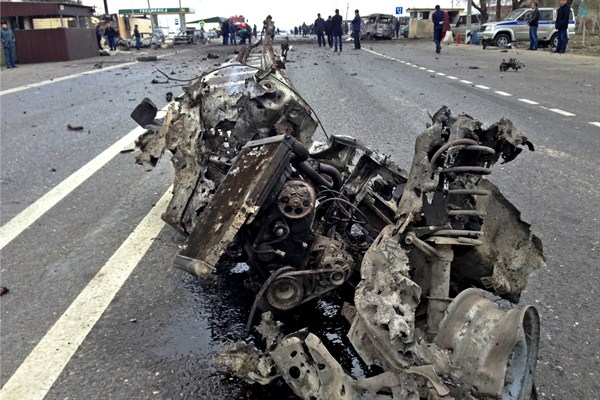Russia’s North Caucasus insurgency has gone relatively quiet, but reduced casualty numbers belie a still-worrying situation where long-standing grievances remain. As more and more fighters join the cause of globalized jihadi groups, most of all the self-declared Islamic State (ISIS), Moscow may find that it has only transformed and widened its war.
A thwarted suicide bombing outside a police station near the Northern Caucasus city of Stavropol on Monday was the latest sign. Adding to the threat is the fear of blowback at home of previously dormant ISIS-inspired terrorist cells. This comes after a remarkable reduction of violence in Europe’s deadliest conflict since 2014. For two years in a row, the numbers of casualties in Russia’s North Caucasus insurgency have been halved each year. Security sector successes were partly responsible, but the insurgency was not entirely quashed, nor did the root causes of the anti-Russian upsurge in the region disappear.
Rather, a major ideological and operational transformation continues to change the nature of the insurgency, from an anti-Russian nationalist rebellion that emerged in the mid-1990s as part of the Chechen separatist movement, toward what its adherents saw as a regional jihadi project in the late 2000s and what today has become a global jihad under the leadership of the Islamic State.

